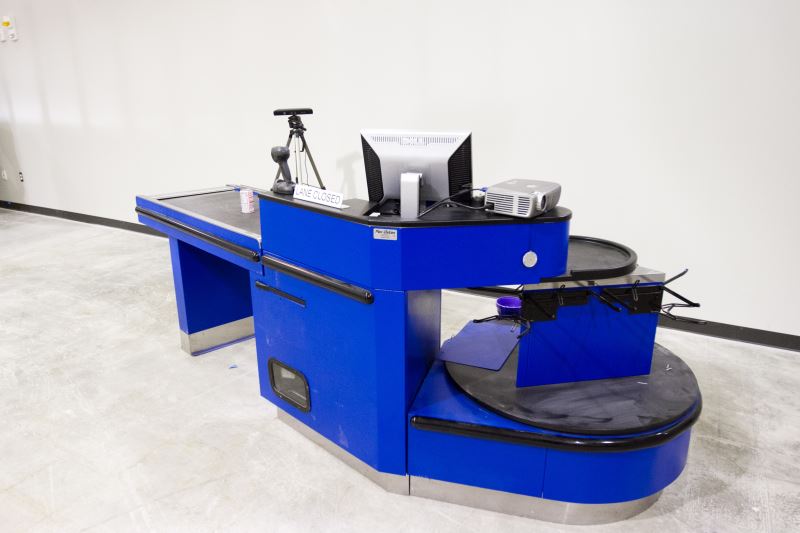Abstract:
Phase I of an empirical study of potential uses of radio frequency identification (RFID) in the apparel supply chain was conducted in the fall of 2010. This Phase of the research was designed to identify potential use cases for the use of RFID in an apparel supply chain and was funded by GS1 US and the American Apparel and Footwear Association (AAFA). The three-phase Supplier ROI study is commonly referred to as the Many-to-Many study. Phase II will involve the measurement of ROI for select use cases identified in Phase I. Phase III will study the effect of RFID on multiple suppliers simultaneously through an experiment. The use cases were solicited from a wide range of companies, in several different countries, in many different types of facilities, and thus reveal where the industry collectively believes the greatest RFID benefits reside. Over a period of several months, we collected more than 60 use cases. The findings of Phase I show that the potential benefits of item-level RFID in the apparel supply chain reach beyond the retailer and include apparel manufacturers.











